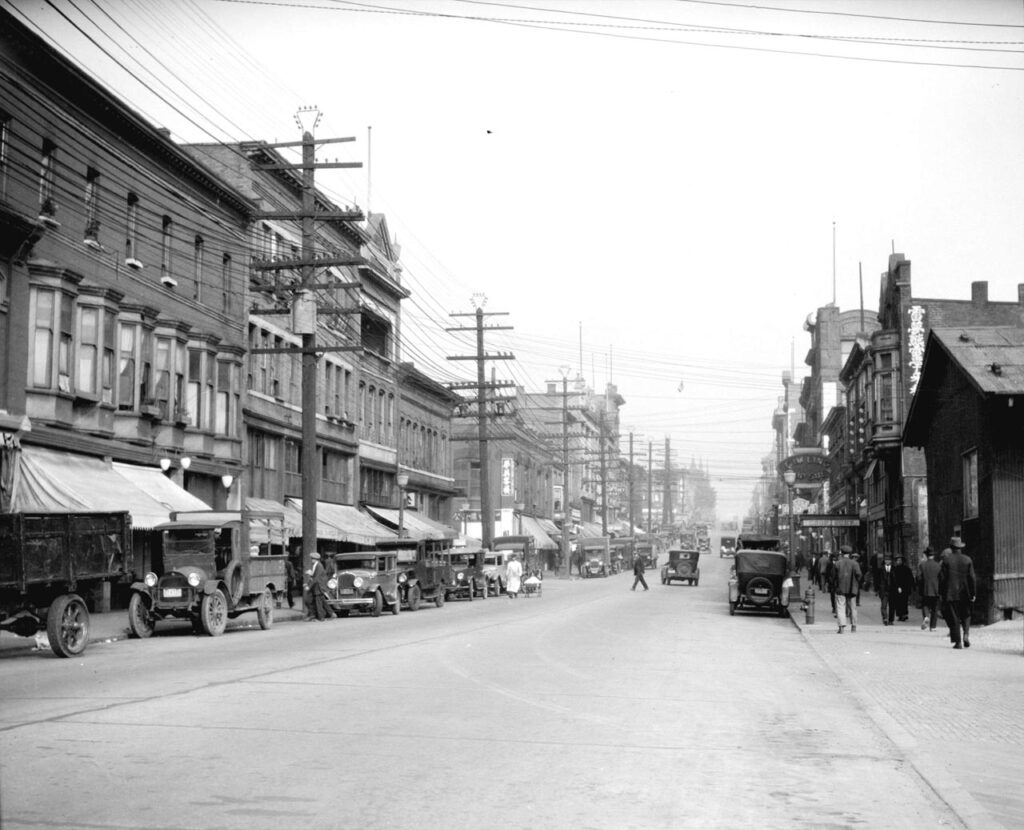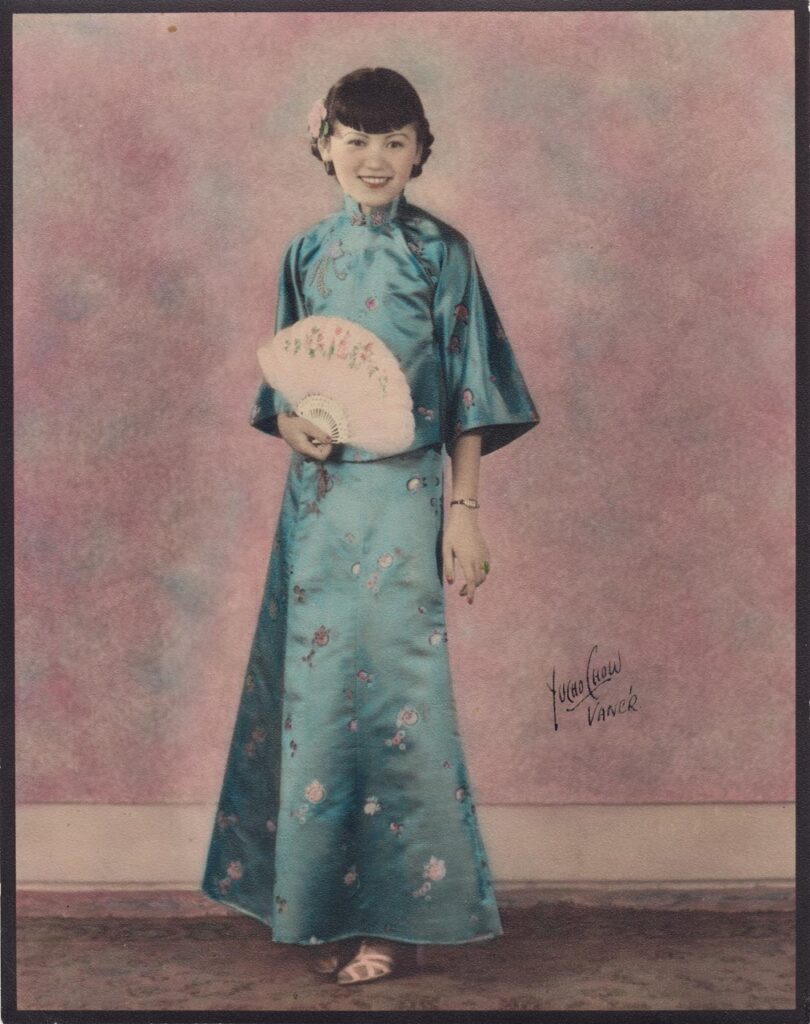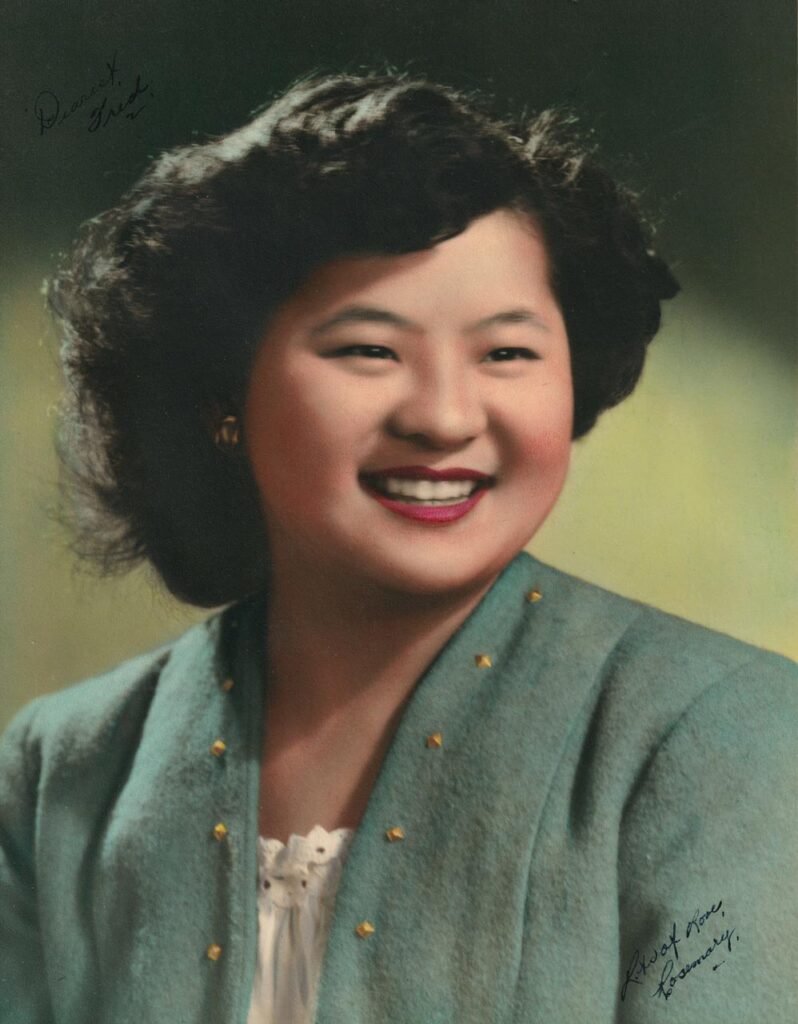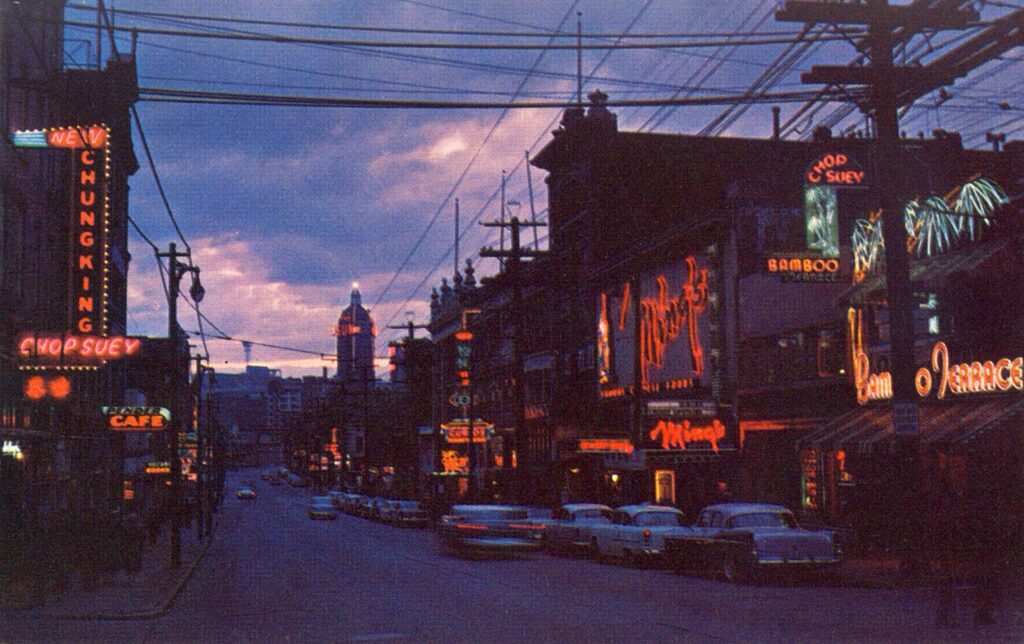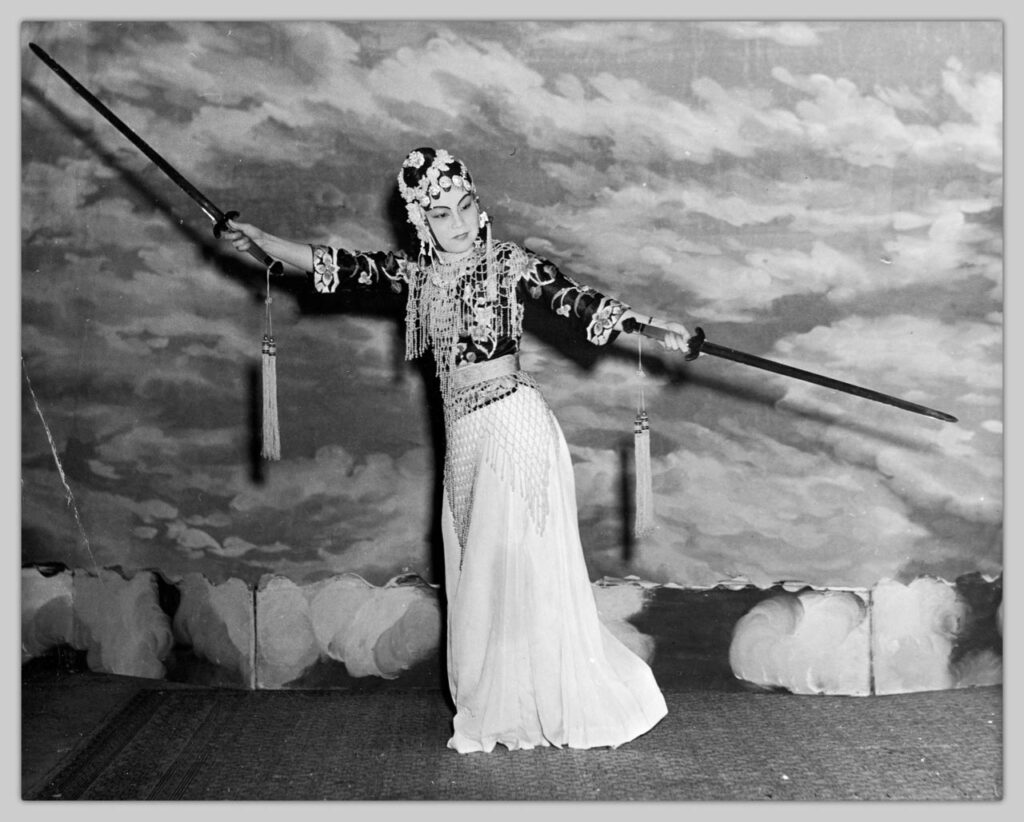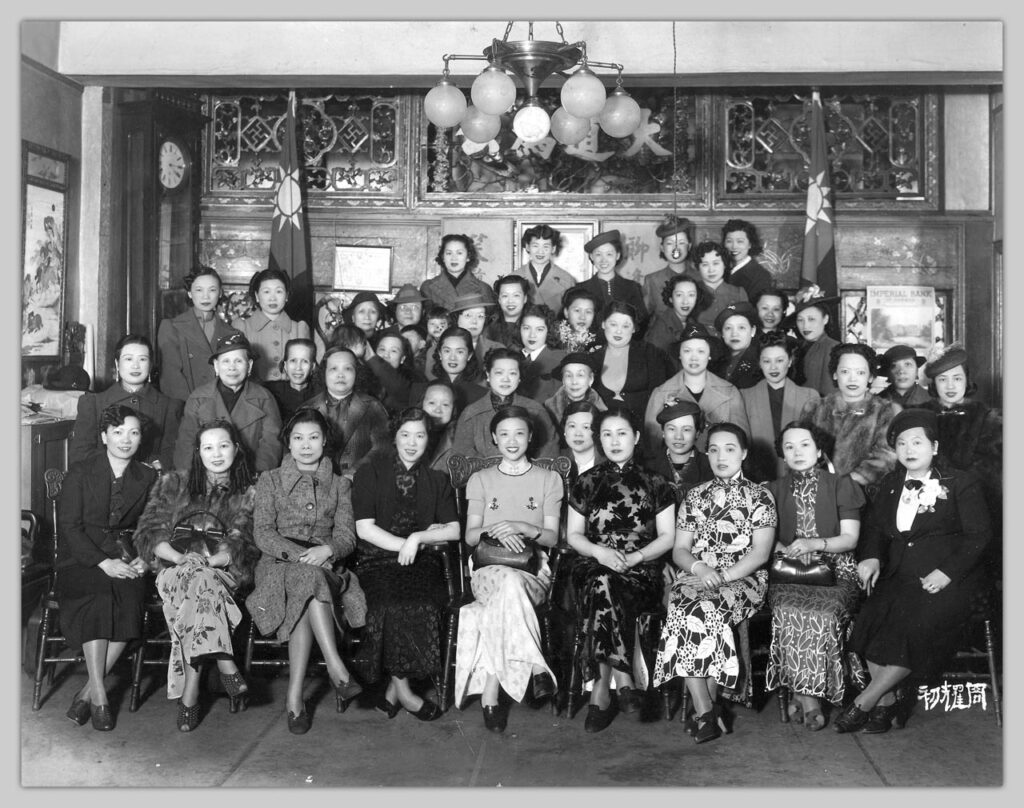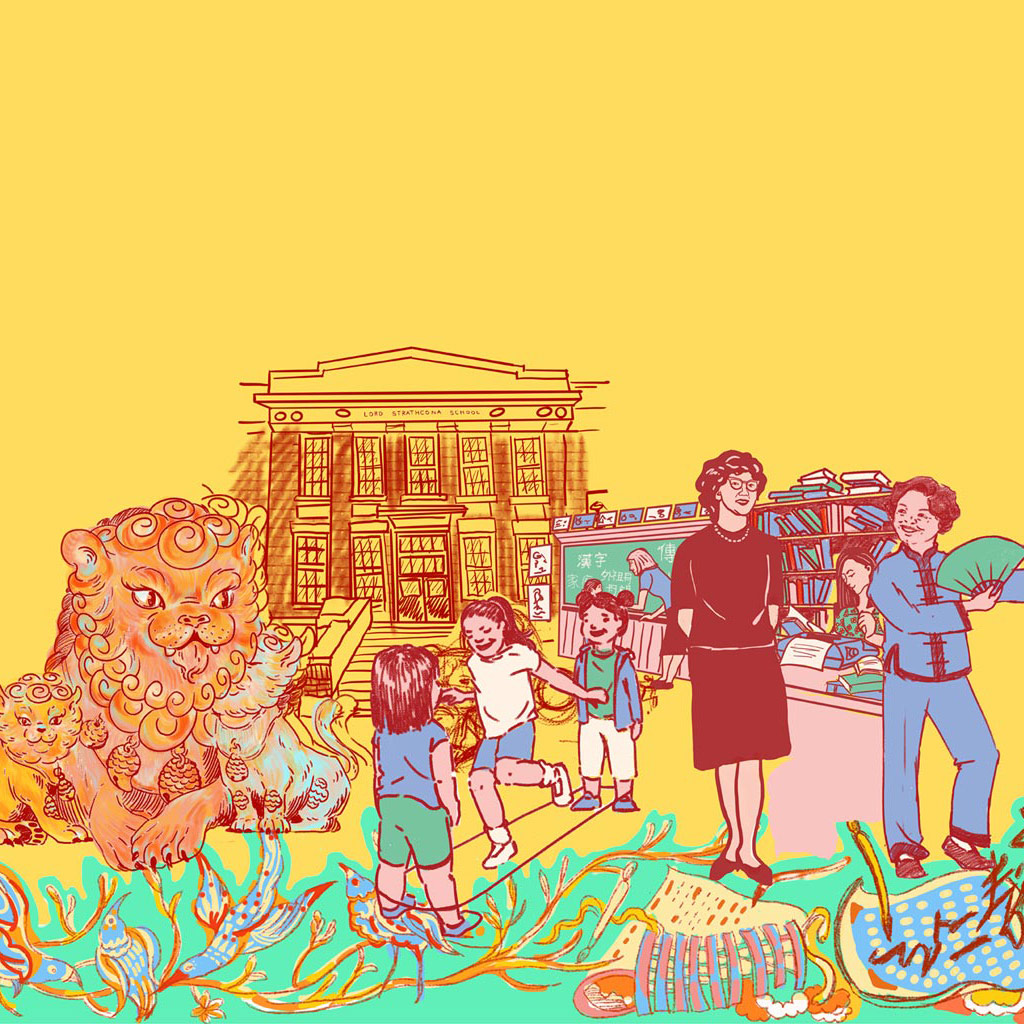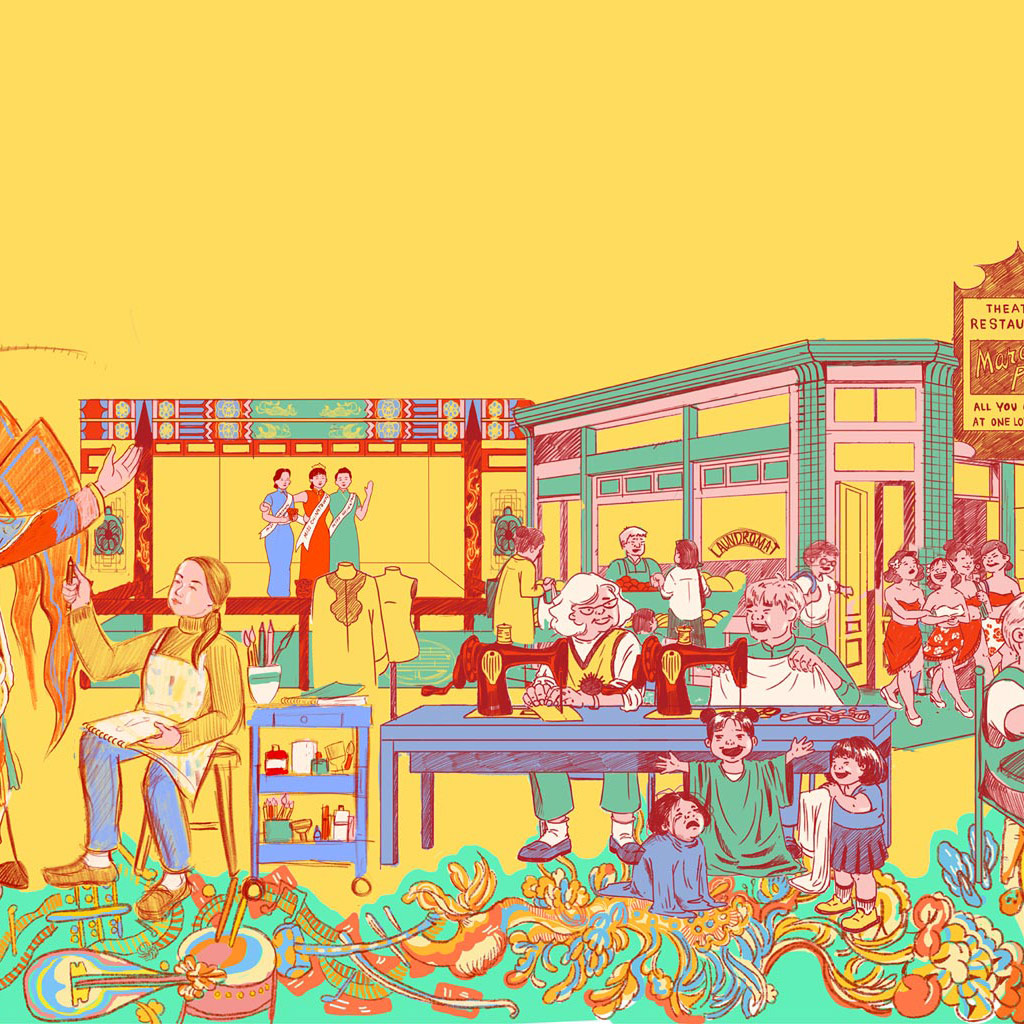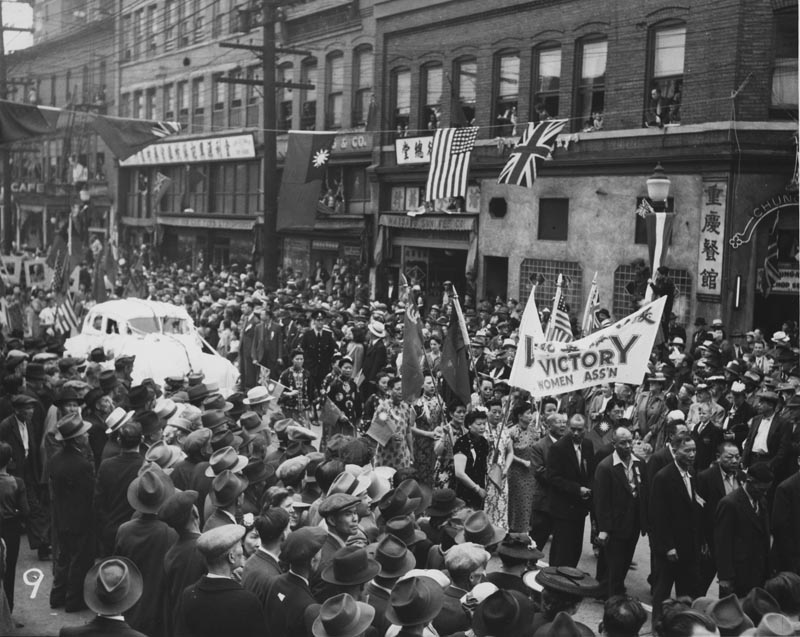EDUCATIONAL TOOLKIT
This free educational toolkit accompanies the Suzhou Alley Women’s Mural, an artist- and community-led mural project honouring unsung legacies of women who helped shape Vancouver’s Chinatown. This toolkit is primarily geared toward grades 9 to 12, with some activities that may be adapted for grade 5. It also includes a field trip activity for all ages and community groups.

Introduction
Acknowledging Indigenous Sovereignty
The Suzhou Alley Women’s Mural, along with this educational toolkit, takes place on the traditional, ancestral, and unceded territories of the Coast Salish peoples, including the xʷməθkʷəyəm (Musqueam), Skwxú7mesh (Squamish), and səlílwətaɬ /Selilwitulh (Tsleil-Waututh) Nations. This land was never surrendered or relinquished by the nations through treaties or other means. For millennia and up to present day, Coast Salish peoples have continuously lived, hunted, and stewarded their traditions in the region. The ongoing histories of colonization and urbanization are thus relatively recent events that have forcibly displaced Indigenous communities from their sovereign homelands.
As uninvited settlers on this land, we acknowledge the past and present benefits we have reaped at the expense of Indigenous communities. While the intent of this project is to share the stories of Chinese settler women, we must recognize the broader and interconnected contexts of colonization, racism, and dispossession that have impacted Indigenous communities and other marginalized groups. The history of Vancouver’s Chinatown reveals the multilayered nature of colonization in the city, from the initial displacement of First Nations due to the construction of the Canadian Pacific Railway in the 1880s to the formation of a ghettoized Chinatown during the early 20th century due to discriminatory policies that prevented the Chinese from settling elsewhere. Chinese and Indigenous communities struggled (and continue to struggle) against the same oppressive systems of white supremacy in British Columbia and Canada.
While reflecting on Chinese women’s histories in this context, we stand with Indigenous Peoples and are committed to the difficult work of decolonization and reconciliation within our communities.
How to Use this Resource
This educational toolkit (ET) is designed for all teachers, community facilitators, and educational programmers working in arts and culture organizations who would like to engage students in learning activities around the contents of the Suzhou Alley Women’s Mural. It is primarily geared toward students in grades 9 to 12, though we have included suggestions for adapting it for grade 5.
The primary goal of this ET is to support and deepen the mural’s work in bringing forth the stories of Chinese Canadian women in an educational context for youth. A team of Vancouver-based teachers active in local schools designed and wrote the ET, which takes a thematic approach to unpacking the stories of the mural.
Key themes include:
- How women’s stories challenge histories of exclusion and oppression.
- How place-based commemorations reveal the values of the people who live there.
- Notions of leadership and success among Chinese women.
- An exploration of advocacy and social justice work related to the mural.
The ET includes four lesson activities, which can also serve as stand-alone activities. The first lesson is a primer that focuses on preparing the teacher (or community facilitator) and the students for potentially difficult and sensitive conversations around race, gender, equity, and oppression. With suggestions for self-reflection, preparatory activities for students, and how to set up a safe and inclusive learning space, this primer is a particularly helpful resource for those new to this material. The second, third, and fourth lessons delve into the thematic contents of the mural. Except for the first lesson, the others may be delivered in any order.
The ET is designed to supplement and complement the BC Curriculum, with each lesson listing the relevant key curricular competencies. All the lessons follow a simple and accessible format, with a guiding question, description of teacher-led activities, options for culminating activities, student handouts (where needed), and additional links and resources for further study.
Curricular Connections
Curricular content:
| Grade 5 | Discriminatory policies; responses to discrimination; Canadian identities; changes in Canadian immigration |
| Grade 9 | Discriminatory policies, attitudes, and historical wrongs; global demographic shifts, including patterns of migration and population |
| Grade 10 | Canadian identities; discriminatory policies and injustices; advocacy for human rights |
| Grade 11 | Methods used by individuals, groups, and organisations to promote social justice |
| Grade 12 Courses | Urban Studies, Social Justice, Political Studies, Asian Studies and 20th Century World History |
Curricular Competencies:
Grades 5, 9 – 12
Students will have opportunities to develop the following Social Studies competencies through the ET: assess significance, evaluate and interpret evidence, compare and contrast continuities and changes, analyze causes and consequences, consider and infer perspectives, make ethical judgments, and use Social Studies inquiry skills and processes. Specifically, students will engage with these competencies through the following conceptual lenses and potentially other cultural or social constructs and gendered roles:
- Geographical perspective: recognizing what qualities or aspects of a place characterize what it means to the people who value it.
- Historical perspective and intergenerational or historical consciousness: making connections between the past, present, and future; developing empathy or understanding for what people were like in the past; learning from past generations to better make decisions in the present and face the future.
- Historical and geographical significance: assessing how important people and places are by applying critical thinking.
- Evidence: using a variety of unique primary and secondary sources to draw conclusions about the past.
- Change and continuity, perspective, and significance: recognizing how and why perspectives on whose voices and experiences matter have changed over time.
- Cause and consequence: exploring power and determining how to have an impact and make a change through advocacy.
- Ethical judgment and significance: deciding who should be remembered and how to best memorialize them.
- Using inquiry skills: asking questions; interpreting and analyzing information; and communicating findings and decisions in different ways.
We would love to hear your feedback on this project. Please contact: info@cinevolutionmedia.com.
About the Suzhou Alley Women’s Mural
The Suzhou Alley Women’s Mural (SAWM) is a community-led commemorative mural and storytelling project that honours the contributions and legacies of the women who helped shape Vancouver’s Chinatown and community.
Led by Elisa Yon and Janet Wang, the artist team is composed of local artists who live or work in Chinatown and extended Chinese Canadian communities. Grounded in community engagement and relationship-building, the mural features a composition and subject matter developed in close consultation with women of multiple generations, diverse backgrounds, and varied lived experiences who live and work within the community. These community members include the descendants of the individual women represented in the mural. The artist team also collaborated with the community members to facilitate several arts-based workshops and engagement projects to collect creative expressions, stories, and reflections on the significant role of women in the participants’ families and communities. These community interactions led the artist team to focus on key themes deemed significant to the community, such as family life, wisdom and education, resilience, and individual agency. By centring the community in this process, the mural project is able to raise awareness of lesser-known local histories and amplify the voices of equity-seeking members of the community.
Unfolding in a scroll-like composition, the SAWM features numerous references to Chinatown’s tangible and intangible heritage. Its colourful and lively scenes are populated with the stories of multiple generations of women from diverse backgrounds and professions, including key figures such as Dr. Madeline Chung, Nellie Yip Quong, and Vivian Jung. Panning from left to right, the mural includes Chinese women’s contributions in education, arts and culture, foodways, social justice, politics, the military, and medicine. A strong emphasis on intergenerational connections is woven throughout, with older women sharing knowledge with their younger counterparts. From the first significant wave of Chinese immigrants in the mid-1800s up to present day, the mural illustrates the past and present strengths and contributions of women in the community.
Vancouver’s Chinatown was designated a National Historic Site of Canada in June 2010 and is one of Canada’s oldest and continuously occupied Chinese settlements. In 2018, the City of Vancouver formally apologized to Chinese Canadians for past legislation, regulations, and policies that discriminated against them. Since then, artists, community members, and cultural planners have undertaken renewed efforts to strengthen Chinatown’s intangible heritage, including ancestral traditions inherited and passed down to descendants (e.g., language, performing and visual arts, social practices, rituals, festive events, and domestic skills). However, women’s voices have largely remained absent in these efforts.
Women’s images and stories have been omitted throughout history; this is no different for the many Chinatown murals that have come to represent the beloved neighbourhood’s tangible and intangible heritage. Acknowledgement of women’s sacrifices, endured hardships, and resilience is long overdue. The historical SAWM mural represents an important step toward broadening our collective understanding of Chinese Canadian history—one enlivened through introducing the voices and stories of women. The mural itself is further brought to life in the virtual realm, including through the SAWM interactive website, the digital stories, and this online educational toolkit.
